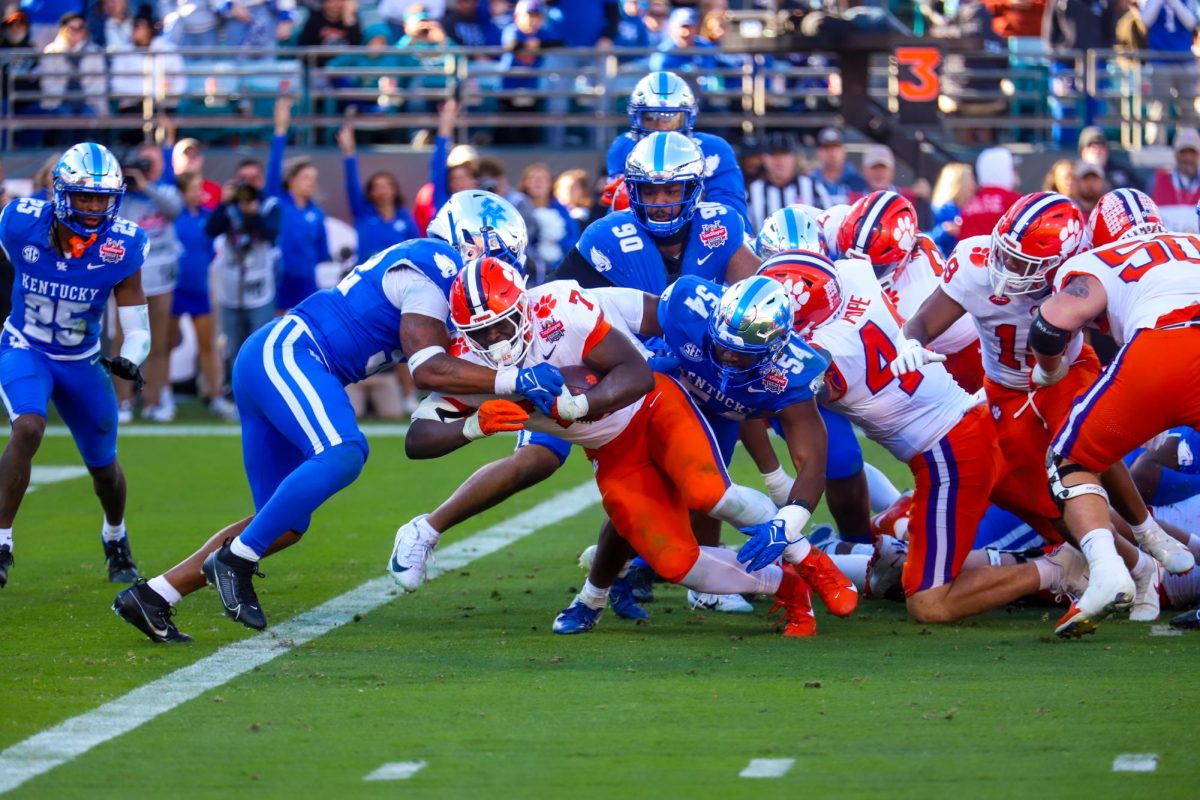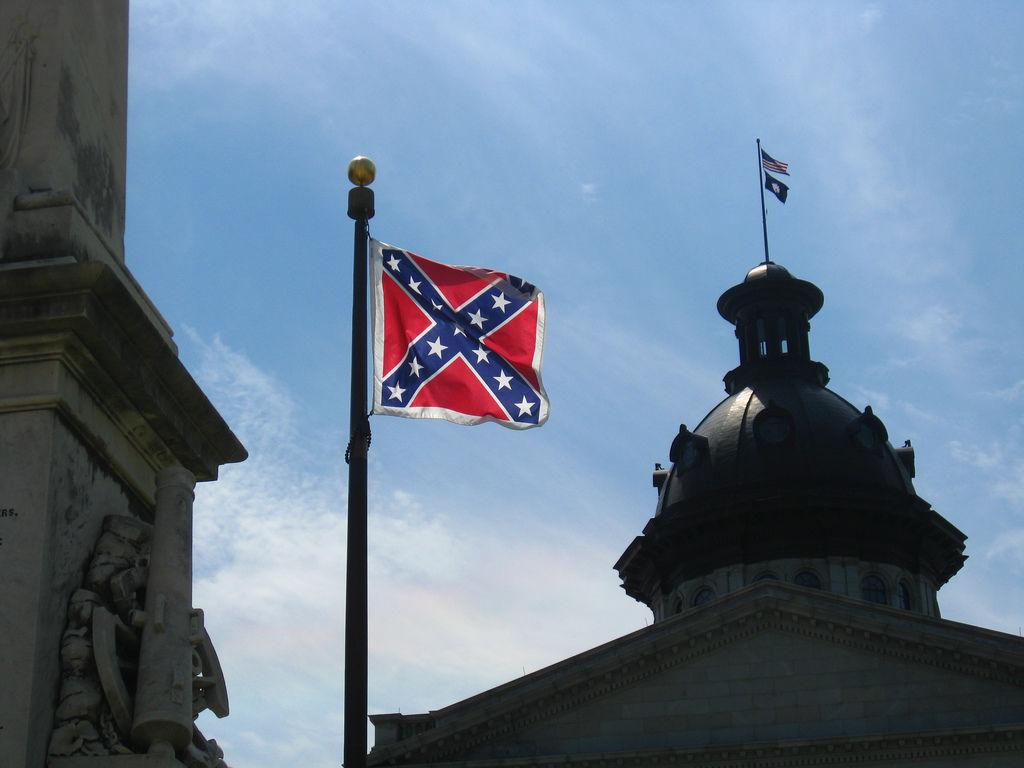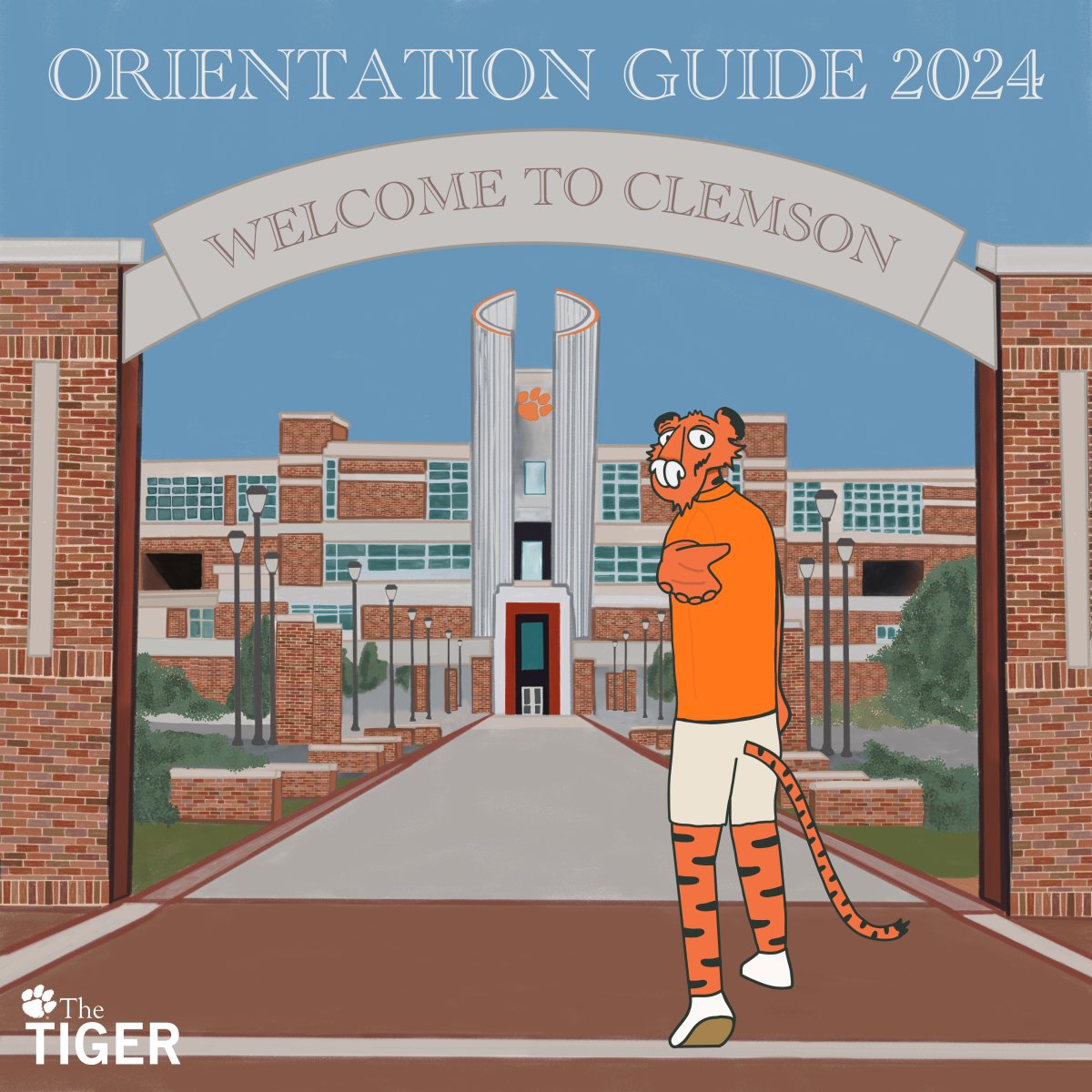The debate surrounding the continued existence of Confederate monuments is a heated one, particularly in the South. “Silent Sam,” erected in 1913 and funded by the Daughters of the Confederacy, was the most recent monument to draw controversy, as UNC- Chapel Hill students tore down the monument on Aug. 20, 2018. The monument was dedicated to UNC alumni who fought for the Confederacy, and the unveiling of the statue featured an explicitly racist speech by Julian Carr, a man who celebrated lynchings.
Being a Californian, and therefore removed from the passions that burn on either side of this debate, I don’t particularly care whether Confederate statues stand on every street corner or are buried miles below the ground. I’m more inclined to sympathize with African Americans who do not wish to see these statues on public land, especially when many of the statues were erected around the founding of the NAACP in the 1910s and the civil rights movement in the 1960s.
That being said, the actions of the students of UNC-Chapel Hill should be broadly condemned.
Being a Californian, and therefore removed from the passions that burn on either side of this debate, I don’t particularly care whether Confederate statues stand on every street corner or are buried miles below the ground. I’m more inclined to sympathize with African Americans who do not wish to see these statues on public land, especially when many of the statues were erected around the founding of the NAACP in the 1910s and the civil rights movement in the 1960s.
That being said, the actions of the students of UNC-Chapel Hill should be broadly condemned.
It is one thing to rally a community towards the goal of removing statues and monuments one deems offensive or racist. It is entirely another to succumb to mob mentality that you are above the law if your actions are righteous and your intentions pure.
Currently in North Carolina, there is a law limiting the removal of Confederate monuments from public grounds. The solution to this law is not to bust out the ropes, chains and spray paint, assembling a vigilante mob. The solution is, simply put, to vote for representatives to repeal the North Carolina law and begin the process of removing statues. If you can’t convince enough people to vote for your position, then tough luck. Welcome to the beauty of a republic, where laws are subject to the whim of the voting populace, so long as they don’t violate our rights. And unless you can show what right of yours is violated by a molded slab of concrete and metal, you should probably work on your sales pitch.
The difference between public property and private property isn’t that one is permitted to be vandalized and one is not. Rather, the difference is that public property belongs to the government, and by extension the voters in the given constituency. Every voter in the constituency gets to express their opinions by voting, and the students at Chapel Hill do not have any special exemptions that give them a more important say than any other voter in North Carolina.
Currently in North Carolina, there is a law limiting the removal of Confederate monuments from public grounds. The solution to this law is not to bust out the ropes, chains and spray paint, assembling a vigilante mob. The solution is, simply put, to vote for representatives to repeal the North Carolina law and begin the process of removing statues. If you can’t convince enough people to vote for your position, then tough luck. Welcome to the beauty of a republic, where laws are subject to the whim of the voting populace, so long as they don’t violate our rights. And unless you can show what right of yours is violated by a molded slab of concrete and metal, you should probably work on your sales pitch.
The difference between public property and private property isn’t that one is permitted to be vandalized and one is not. Rather, the difference is that public property belongs to the government, and by extension the voters in the given constituency. Every voter in the constituency gets to express their opinions by voting, and the students at Chapel Hill do not have any special exemptions that give them a more important say than any other voter in North Carolina.
Once established that it is , in fact, good for a mob to destroy offensive statues, no statues are safe. Days after the “Unite the Right” protest in Charlottesville, Virginia in 2017, the Lincoln Memorial was vandalized. On Aug. 25, 2017, two weeks after the revolting event in Charlottesville, a statue of Colonel Williams Crawford was beheaded in Ohio. This is particularly interesting, as Crawford had crossed the Delaware River with George Washington and was burned at the stake about 80 years before the Civil War even started.
All in all, many of these statues should likely be taken down and hopefully placed in museums and other areas where those who argue that the history of the Confederacy shouldbe appeased. In fact, this sort of compromise is probably the best argument for those who wish to see them taken down. An unconvincing argument is the one taken up by the students at Chapel Hill, stating that, “If we don’t get our way, we’re just going to storm the statue and take it down anyway.” Not only is that argument both illegal and a violation of the spirit of a democratic republic, but it is an ineffective and counterproductive argument as well, likely to strengthen the resolve of those already opposed to taking down the statues and pushing those who don’t care towards that side as well. It also fuels the counter-antagonistic actions of groups like the South Carolina Secessionist Party.
All in all, many of these statues should likely be taken down and hopefully placed in museums and other areas where those who argue that the history of the Confederacy shouldbe appeased. In fact, this sort of compromise is probably the best argument for those who wish to see them taken down. An unconvincing argument is the one taken up by the students at Chapel Hill, stating that, “If we don’t get our way, we’re just going to storm the statue and take it down anyway.” Not only is that argument both illegal and a violation of the spirit of a democratic republic, but it is an ineffective and counterproductive argument as well, likely to strengthen the resolve of those already opposed to taking down the statues and pushing those who don’t care towards that side as well. It also fuels the counter-antagonistic actions of groups like the South Carolina Secessionist Party.
One would assume that this debate will hit Clemson in full force at some point. John C. Calhoun, James F. Byrnes, Strom Thurmond and Thomas Green Clemson himself are just a handful of individuals with dark pasts of hostile race relations. Several buildings are named after them on campus, a symptom of being a Southern university with a long history. Tillman Hall, with its status as the preeminent building on campus, remains at the forefront of the Clemson debate. While I don’t care much for the results of these debates one way or another, I would hope that they are conducted with the mutual respect we have committed to each other in a lawful republic.













